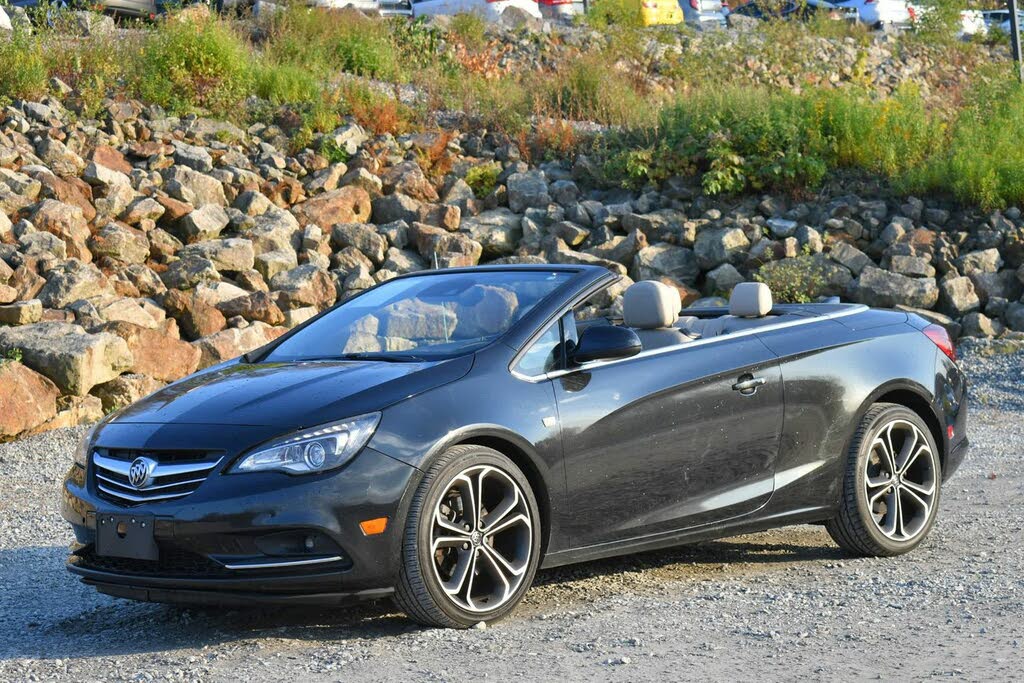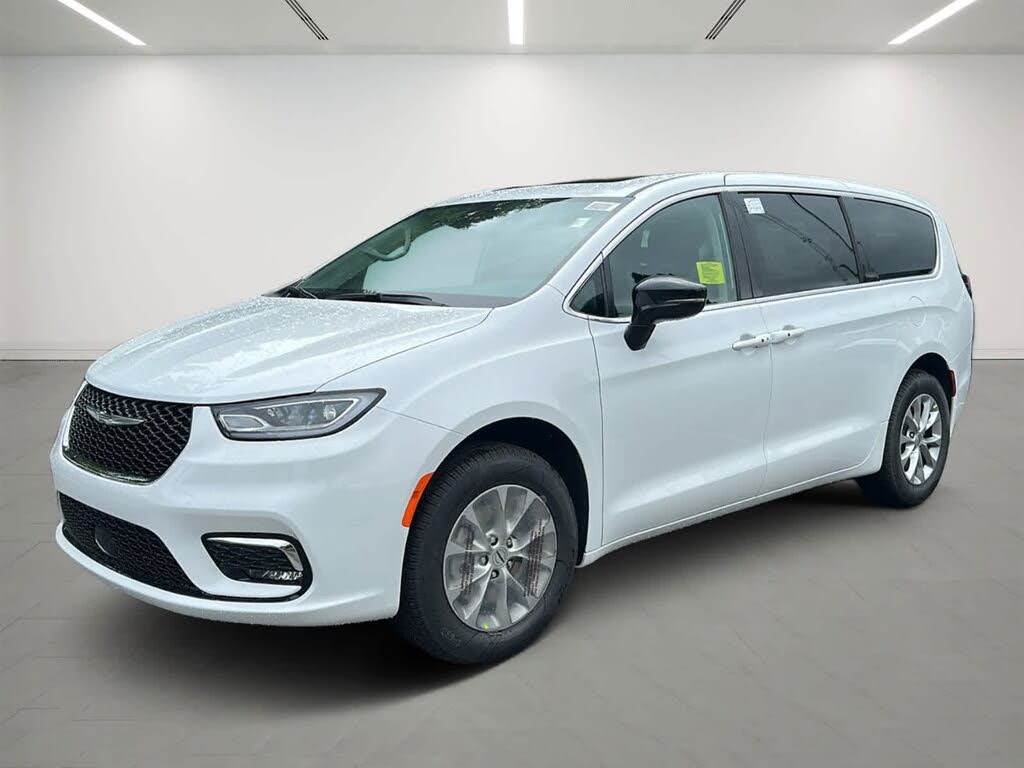Home > News & Blogs > Must-Know Car Tech: How Collision Avoidance Systems Enhance Driver Safety
Must-Know Car Tech: How Collision Avoidance Systems Enhance Driver Safety
Collision Avoidance Technology: How Modern Cars Prevent Accidents
Inspired by bats and submarines, today’s vehicles use advanced sonar and radar-based sensors to detect obstacles faster than human reflexes allow. This life-saving innovation, known as collision avoidance technology, is now available across most major automotive brands—helping drivers avoid accidents before they happen.
How Collision Avoidance Systems Work
Modern vehicles equipped with collision avoidance systems use a combination of technologies to monitor the road:
- Radar sensors – Detect the speed and distance of objects ahead
- Cameras – Provide visual recognition of pedestrians, vehicles, and obstacles
- LiDAR (in some high-end models) – Uses laser pulses for precise distance measurement
- Ultrasonic sensors – Help with low-speed maneuvers and parking
- --TOP ADVERTISEMENT HERE--
The Step-by-Step Safety Process
When the system detects a potential collision, it follows a progressive safety protocol:
- Initial Warning: Visual and audible alerts notify the driver of danger.
- Pre-Collision Preparation: Seatbelts may tighten, and brakes pre-charge for faster response.
- Autonomous Braking: If no driver action is taken, the system applies the brakes automatically.
Featured Snippet: Collision avoidance technology can reduce rear-end crashes by up to 50% according to the Insurance Institute for Highway Safety (IIHS). These systems typically include forward collision warning, automatic emergency braking, and pedestrian detection.
Why Collision Avoidance Technology Matters
The National Highway Traffic Safety Administration (NHTSA) reports that 94% of serious crashes result from human error. Collision avoidance systems address this by:
- Reacting 2-3x faster than human drivers in emergency situations
- Functioning consistently regardless of driver fatigue or distraction
- Working in poor visibility conditions (fog, rain, or darkness)
Real-World Effectiveness
A 2023 study by the Highway Loss Data Institute found that vehicles with automatic emergency braking showed:
- 45% reduction in front-to-rear crash rates
- 56% decrease in injury claims
- --FIRST CONTENT ADVERTISEMENT HERE--
Choosing a Vehicle with Collision Avoidance
While most manufacturers now offer these systems, availability varies by model and trim level. Key considerations when shopping:
Understanding Manufacturer Terms
Different brands use various names for their systems:
- Toyota: Safety Sense™
- Honda: Sensing Suite
- Subaru: EyeSight®
- Volvo: City Safety
-
Must-Have Collision Avoidance Features
Look for these critical components when evaluating vehicles:
- Automatic Emergency Braking (AEB) – Essential for preventing collisions
- Pedestrian Detection – Crucial for urban driving
- Cyclist Detection – Available in newer models
- Intersection Support – Helps with crossing traffic
Pro Tip: Use MotorVero’s comparison tools to filter vehicles by specific safety features. Many compact cars now offer collision avoidance as standard equipment, while luxury brands often include more advanced versions.
--SECOND CONTENT ADVERTISEMENT HERE--
The Future of Collision Avoidance
Emerging technologies are taking these systems even further:
- Vehicle-to-Everything (V2X) communication: Cars will soon "talk" to infrastructure and other vehicles
- AI-powered prediction: Systems that anticipate potential hazards before they’re visible
- 4D imaging radar: Next-gen sensors with improved resolution and range
Regulatory Changes Coming
The NHTSA has proposed making automatic emergency braking standard on all new passenger vehicles by 2026. This follows similar mandates in the European Union that take effect in 2024.
--FOURTH CAR LIST HERE--
Limitations to Consider
While revolutionary, these systems aren’t perfect:
- Performance varies in heavy rain or snow
- May not detect small or narrow objects
- Cannot overcome physics (stopping distances still apply)
- Require clean sensors to function properly
Remember: Collision avoidance technology assists drivers but doesn’t replace attentive driving. Always keep your eyes on the road and hands on the wheel.
--THIRD CONTENT ADVERTISEMENT HERE--
How to Maintain Your Collision Avoidance System
To ensure optimal performance:
- Regularly clean sensors and cameras (especially in winter)
- Follow manufacturer calibration recommendations after windshield replacements
- Have the system checked during routine maintenance
- Update software when new versions become available
Final Thoughts: A Life-Saving Investment
As collision avoidance technology becomes more sophisticated and widespread, these systems are proving to be among the most valuable safety advancements since seatbelts. When shopping for your next vehicle at MotorVero, prioritize models with comprehensive collision avoidance packages—your future self (and passengers) will thank you.
--FIFTH CAR LIST HERE--

motorvero013
Last Updated On Apr, 02-2025








